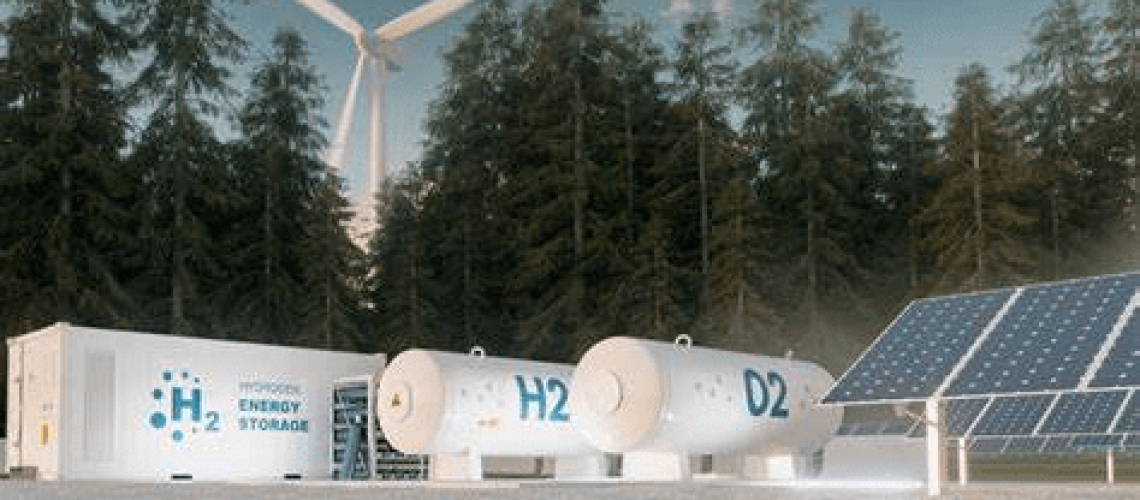As the global pursuits for green hydrogen advances, several countries have begun to position themselves for its demand or supply. Germany has expressed that it is willing import up to 50% of its green hydrogen needs from more competitive sources, while countries in Africa are preparing to meet this demand among others.
Germany needs green hydrogen supply from more competitive sources
In the advent of the ongoing Russian war, Germany has increased efforts in its pursuit of energy transition by focusing on green hydrogen development, as part of its bid to become independent from the Russian gas. In meeting its green hydrogen demands, the German national hydrogen strategy recognizes that projected local demand for hydrogen will not be met solely by local green hydrogen production, due to limited and non-competitive resource potentials. It has stated that it is willing to import up to 50% of its total green hydrogen needs from countries with more competitive sources.
To facilitate this, Germany has earmarked EUR 2 billion and is partnering with countries around the world to support green hydrogen projects. It created H2-Global to facilitate and catalyze green hydrogen and Power-to-X (PtX) production and importation in and into Europe. It also set up the International Hydrogen Ramp-Up Program (H2-UPPP) to support SMEs in developing and emerging countries in pilot projects development.
In Africa, Germany has already committed to fund green hydrogen initiatives in countries such as Namibia, Morocco, South Africa, Egypt, and is in close diplomatic cooperation with prior oil-producing countries like Nigeria ad Angola. These initiatives range from funding feasibility studies on green hydrogen potentials, establishing green hydrogen laboratories and pilot plants to supporting capacity building (including postgraduate education) and skills necessary for a future green hydrogen economy on the continent.
Africa has what it takes
African countries are promising partners for producing cost-competitive green hydrogen for the German market due to Africa’s abundant resources in renewable energies, coupled with its low population density and large-scale availability of non-arable land.
Several African countries, especially around the Northern and Southern Tropics have excellent solar (average daily potential of 4.49kWh/kWp) and wind resources (180,000 TWh per year) for potential green hydrogen production.
Africa has an installed hydropower capacity of over 38 gigawatts (GW) and the highest untapped potential across the world, utilizing only about 11% of its capacity.
Countries in North African as well as Namibia, South Africa, Angola, and Botswana, have extensive non-arable land and proximity to ports.
Countries like South Africa and the Democratic Republic of Congo, have an abundance of mineral resources essential for producing solar panels, wind turbines, electric motors, batteries, electrolysers and biological carbon.
All of these potentials position Africa as a viable supplier of green hydrogen and Power to X products at competitive costs.
What must be considered?
Notwithstanding these fitting conditions, Germany’s bid to import hydrogen and African countries readiness to supply it could have disadvantages, if not well planned and managed.
Firstly, more than half of Africa’s population has no access to electricity. Therefore, green hydrogen production in the continent should be planned in such a way that it gives the producing African countries the opportunity to improve their energy supply in a climate neutral way, while also ceasing the global market opportunities to export excess outputs to the global market. As such, green hydrogen should be produced in line with the additionality principle, such that they add value to already existing pursuits for energy security and transition in the region.
In addition, green hydrogen should also be produced in ways that it does not compete with demand for other resources like water and arable land for agriculture and other domestic uses. Since most of the viable areas for green hydrogen production in Africa, particularly in the northern and Sahel regions, also face water scarcity, efforts should be made not cause additional stress. Green hydrogen production in these sites should increase fresh water supply, through desalination and provision of other water infrastructures.
Furthermore, with its long value chain, a hydrogen economy also offers significant potential for job creation and for attracting international investment into the region of its production, thus contributing to economic growth and development. These benefits should be optimized in the African context through policies, regulations and quotas, such that solving energy crisis goes in tandem with creating jobs and improving inclusive economic growth and development. These benefits can be enhanced when most of the value chain of green hydrogen and Power-to-X production remain within the continent.
Finally, achieving a sustainable green hydrogen production in the African continent will generally require adequate consultation among all stakeholders, coupled with local level awareness and sensitization so as to optimize benefits and achieve a win-win situation in green hydrogen production cooperation between Germany and African countries.


